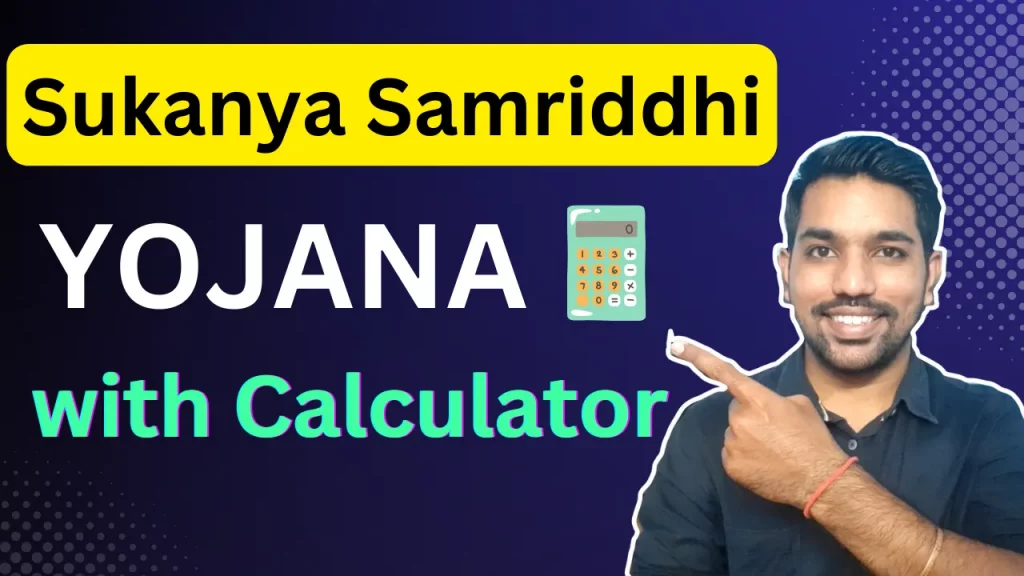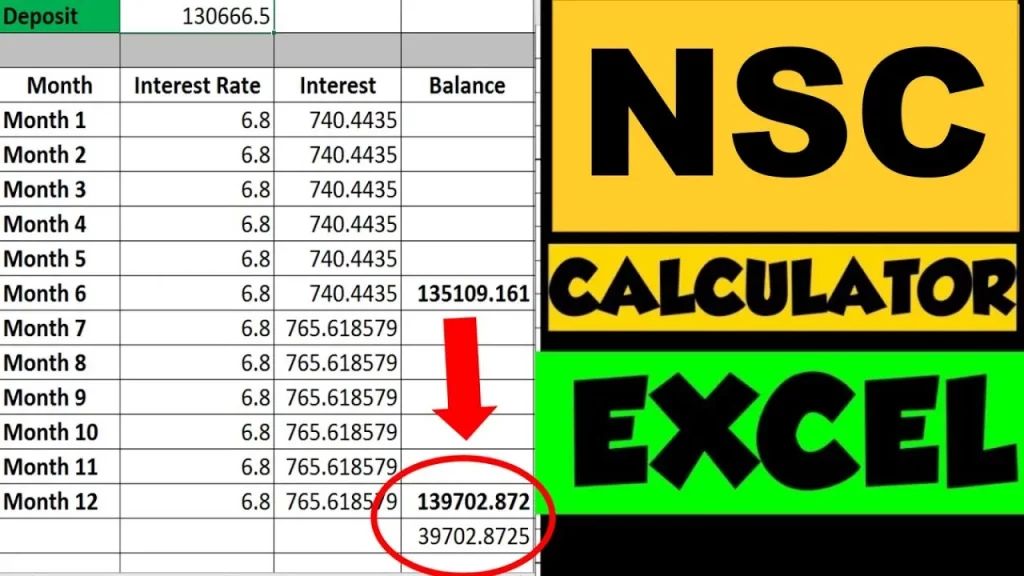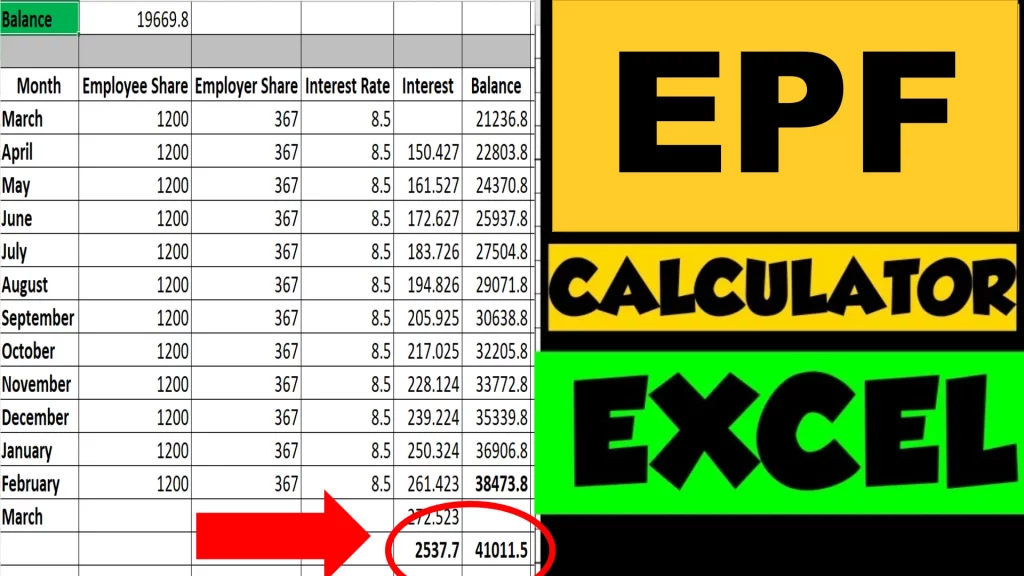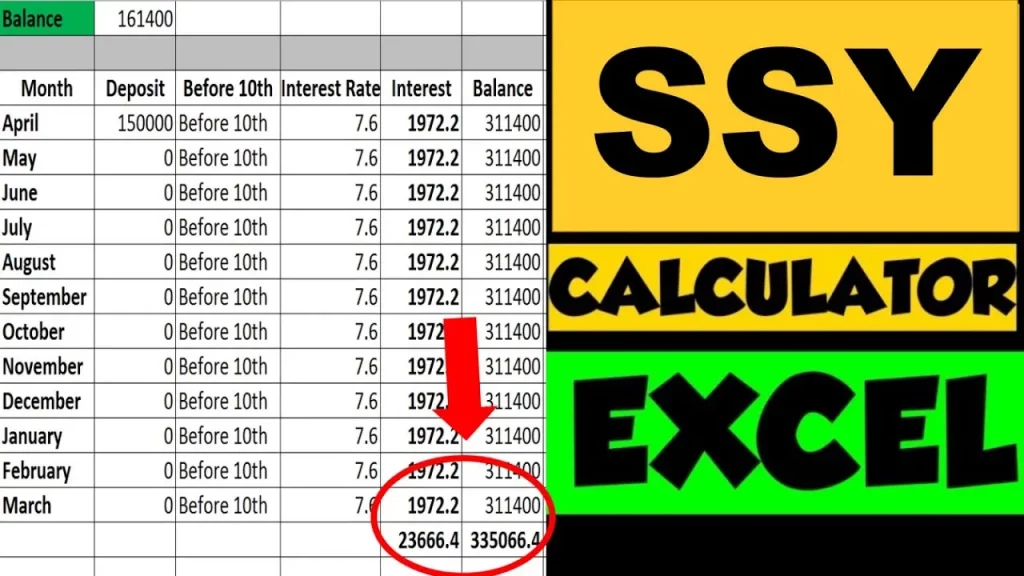Post Office Sukanya Samriddhi Yojana Scheme is for a girl child which can be opened after the birth of your daughter or before she reaches 10 years of age. You can contribute in Sukanya Samriddhi Yojana scheme for 15 years and interest is earned in this scheme on monthly basis. Sukanya Samriddhi Yojana account helps you to plan for the future of your girl child with latest interest rate of 8.2% annually.
- What is Post Office Sukanya Samriddhi Yojana [Details]
- Benefits of Sukanya Samriddhi Yojana Account
- Post Office Sukanya Samriddhi Yojana Interest Rate
- Sukanya Samriddhi Yojana Calculator
- On which date should we deposit in Sukanya Samriddhi Yojana?
- How many years need to pay for Sukanya Samriddhi Yojana?
- When to start Sukanya Samriddhi Yojana?
- Rs. 1000 in Sukanya Samriddhi Yojana Scheme Video
- Conclusion
Let us understand Post Office Sukanya Samriddhi Yojana scheme in more detail
What is Post Office Sukanya Samriddhi Yojana [Details]
Below are some of the details about Sukanya Samriddhi Yojana scheme in Post Office:
- Sukanya Samriddhi Yojana is a Government Scheme so your deposits are safe.
- You can make Minimum deposit Rs. 250/- and Maximum deposit allowed is Rs. 1.5 Lakh in a financial year
- Current interest rate of SSY for July to September 2025 quarter is 8.2% annually. This interest rate is subjected to be updated in every quarter by Government of India
- You can check all Post Office Schemes Interest rates here
- Account can be opened in the name of a girl child till she attains the age of 10 years (between 0-10 years)
- Only one account can be opened in the name of a girl child.
- Maximum of 2 accounts can be opened for 2 girl children in a family. Cannot open SSY account for third girl child
- Withdrawal shall be allowed for the purpose of higher education of the Account holder to meet education expenses.
- The account can be prematurely closed in case of marriage of girl child after her attaining the age of 18 years.
- Account can be transferred anywhere in India from one Post office/Bank to another.
- The account shall mature on completion of a period of 21 years from the date of opening of account. Deposits can be made for a period of 15 years from the date of opening of account
- Deposit qualifies for deduction under Section 80C of Income Tax Act. So you can save Income Tax
- Interest earned in the account is free from Income Tax
ALSO READ: Sukanya Yojana Interest Calculation for 21 Years
Benefits of Sukanya Samriddhi Yojana Account
Below are some of the important benefits in Sukanya Yojana scheme for your girl child:
- Financial Planning: Since Sukanya Yojana is a long term scheme that includes at least 15 years of deposits, it helps you to plan for the future of you girl child
- Monthly or Yearly deposits: You can either make month deposits or yearly deposits based on your convenience and earn goo interest amount every month. The interest is calculated on monthly basis and is compounded on annual basis
- Interest Rate: The current interest rate is 8.2% in this scheme which is reviewed by government of India every quarter. Based on the changes in interest rate, the interest amount will be calculated on monthly basis in this scheme
- Income Tax Benefits: You can save income tax by saving for your girl child in this scheme. Maximum of Rs. 1.5 lakh can be claimed as deduction in Sukanya scheme under old tax regime
Post Office Sukanya Samriddhi Yojana Interest Rate
The latest interest rate in Post Office Sukanya Yojana scheme is 8.2% annually. This interest rate is subjected to change every quarter and based on the updated interest rate for that quarter, the monthly interest will be calculated based on your balance in Sukanya Samriddhi account.
The interest you earn in this scheme is tax free.
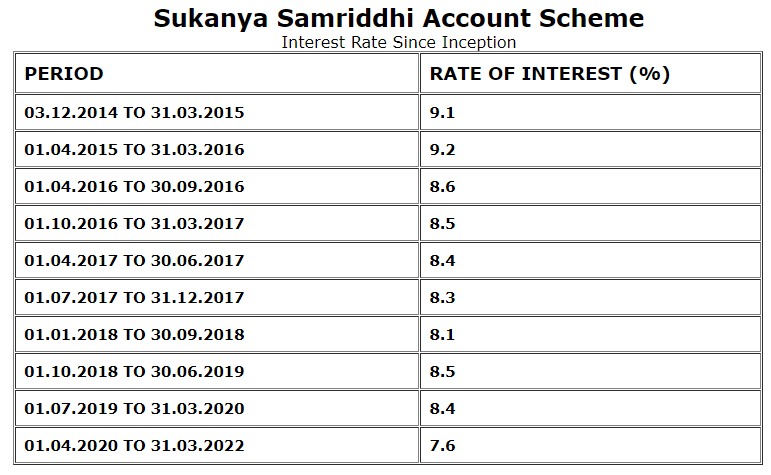
Sukanya Samriddhi Yojana Calculator
You can use below Sukanya Samriddhi Yojana Calculator to calculate interest in your account and plan the deposits accordingly.
On which date should we deposit in Sukanya Samriddhi Yojana?
You should deposit the amount in sukanya yojana on or before 5th day of the month, in order to earn interest from that month onwards. This helps to maximize returns in sukanya scheme throughout the financial year.
Deposits made after 5th day of the month will earn interest from next month onwards.
How many years need to pay for Sukanya Samriddhi Yojana?
You need to deposit for at least 15 years in sukanya samriddhi scheme. The maturity of this scheme is 21 years from the date of account opening or your girl child’s marriage, whichever is earlier.
So even though the maturity period of this scheme is more, you only need to deposit up to 15 years from the date of opening this account.
ALSO READ: Rs. 1000 SIP Returns Calculation for 15 Years
When to start Sukanya Samriddhi Yojana?
It is best to start sikanya samriddhi yojana account after the birth of a girl child. This will help you to accumulate funds for her future for the next 15 years, and once she reaches 21 years of age, the account will mature along with total interest amount that will be tax free.
You can open the sukanya scheme account up to the age of 10 years of your girl child, but the best time to open the account is when she is born.
Watch below video to understand Sukanya Samriddhi scheme interest calculation on Rs. 1000 per month deposits
Rs. 1000 in Sukanya Samriddhi Yojana Scheme Video

Watch more Videos on YouTube Channel
Conclusion
So to summarize, Sukanya Samriddhi yojana scheme is one of the best post office schemes for your girl child to plan for her future financial goals. You can open this account anytime during her age between 0 to 10 years. The contributions can be made for the first 15 years, and account will mature after 21 years of account opening or during marriage of the girl, whichever is earlier.
You also get tax free interest in this account, along with tax benefits under section 80C with old tax regime. New tax regime will not allow this deduction to save income tax.
While depositing amount, you should deposit on or before 5th day of the month to get interest on that deposit from that month onwards.
Some more Reading:
- Power of Compounding in Stock Market
- PPF Interest Rate History
- Post Office Saving Schemes for Senior Citizens
Save Home Loan Interest Amount!
Use Home Loan Excel Calculator that will help you to Save Interest Amount on Home Loan EMI.
Click below button to download Home Loan EMI and Prepayment Calculator in Excel:
Watch how Home Loan Calculator in Excel Works
Income Tax Calculator App – FinCalC
For Income Tax Calculation on your mobile device, you can Download my Android App “FinCalC” which I have developed for you to make your income tax calculation easy.
What you can do with this mobile App?
- Calculate Income Tax for FY 2025-26 and previous FY 2024-25
- Enter estimated Investments to check income tax with Old and New Tax Regime
- Save income tax details and track regularly
- Know how much to invest more to save income tax
- More calculators including PPF, SIP returns, Savings account interest and lot more
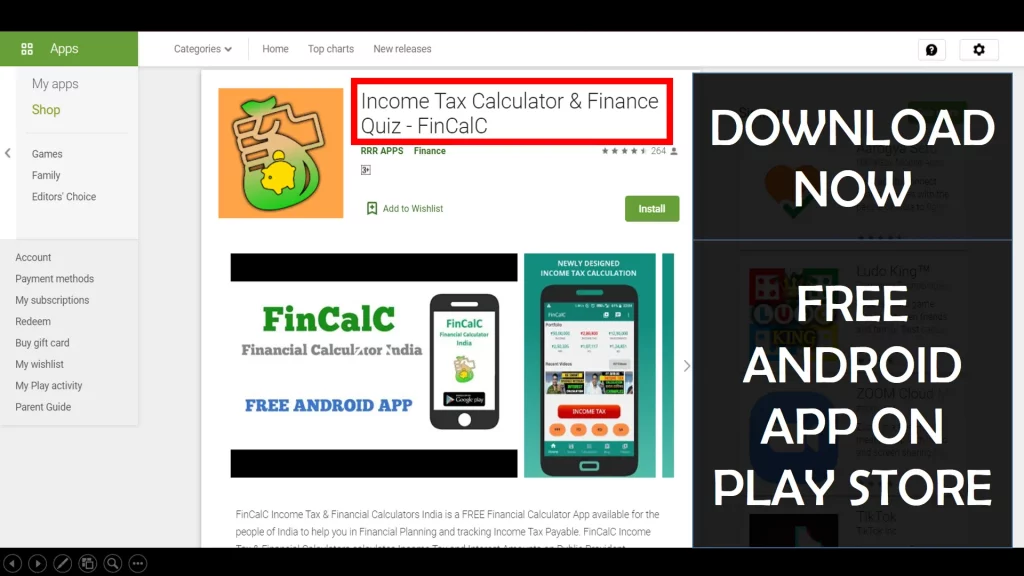
Use Popular Calculators:
- Income Tax Calculator
- Home Loan EMI Calculator
- SIP Calculator
- PPF Calculator
- HRA Calculator
- Step up SIP Calculator
- Savings Account Interest Calculator
- Lump sum Calculator
- FD Calculator
- RD Calculator
- Car Loan EMI Calculator
- Bike Loan EMI Calculator
- Sukanya Samriddhi Calculator
- Provident Fund Calculator
- Senior Citizen Savings Calculator
- NSC Calculator
- Monthly Income Scheme Calculator
- Mahila Samman Savings Calculator
- Systematic Withdrawal Calculator
- CAGR Calculator
I’d love to hear from you if you have any queries about Personal Finance and Money Management.
JOIN Telegram Group and stay updated with latest Personal Finance News and Topics.
Download our Free Android App – FinCalC to Calculate Income Tax and Interest on various small Saving Schemes in India including PPF, NSC, SIP and lot more.
Follow the Blog and Subscribe to YouTube Channel to stay updated about Personal Finance and Money Management topics.

